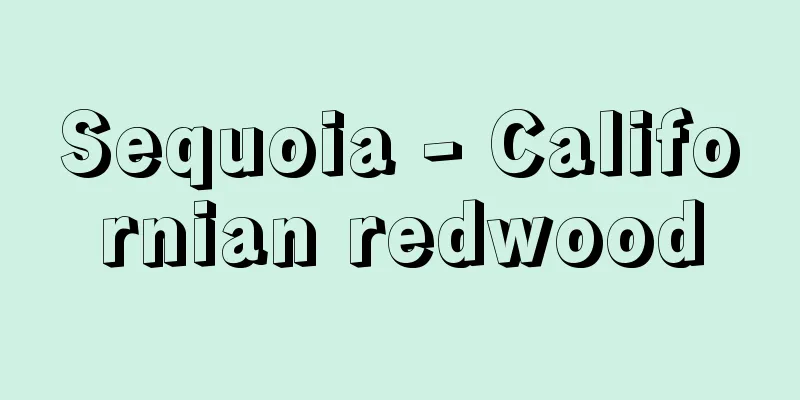Chayazome

|
A type of pattern dyeing from the Edo period. It is said to have been named after the tea dyeing shop in Kyoto. It is mainly indigo-tinted shades on white bleached cloth or hemp to depict pavilions, landscapes, and flowers, birds, the moon, and the wind. It began in the early Edo period and was most popular around the Tenwa period, when it was used for the shawls of samurai women. Later, it was made with white patterns on an indigo background, or with partial embroidery and kanoko-shibori, and came to be called Chaya-tsuji. Source : Heibonsha Encyclopedia About MyPedia Information |
|
江戸時代の模様染の一種。京都の茶染め屋で染められたのでこの名があるという。白地の晒(さらし)や麻などにおもに藍(あい)の濃淡で楼閣山水,花鳥風月を染めたもの。江戸初期に始まり,天和ごろ最も盛んで,武家女性の帷子(かたびら)に用いられた。その後藍地に模様を白抜きにしたり,部分的に刺繍(ししゅう)や鹿の子絞を併用したものが行われ,茶屋辻と呼ばれた。
出典 株式会社平凡社百科事典マイペディアについて 情報 |
<<: Aleksandr Vasil'evich Chayanov
>>: Chaya Shirojiro - Chaya Shirojiro
Recommend
Kawakatsuji Temple
…The temple's name is Hachiokayama. It is als...
Instant camera (English: instant camera)
A camera that uses special film and allows you to ...
Kölln (English spelling)
...It can be said that this ``world city''...
Hatasho [town] - Hatasho
A former town in Aichi County in the central easte...
Japan-Korea Trade
Trade between Japan and Korea. This section is lim...
Barangay - Barangay (English spelling)
Social organization in the Philippines during the...
Odawara Incident
...The second period was the era of modernism, sp...
Ryudokai - Ryudokai
A gathering of literary figures in the late Meiji ...
Twill weave - Ayai Toori
A type of silk fabric. A twill weave. Ichirakuori ...
Yuan Jinqing
?-? A government official in the Nara period. He ...
Religious education
Education that aims to enhance religious piety an...
Abubaker - Abubaker
…Philosopher and physician in the Western Islamic...
Kiyomihara Rei
" Asuka Kiyomihara Code Tomorrow's readin...
Large snowdrop - Large snowdrop
…A bulbous plant of the genus Leucojum in the fam...
Ashoro [town] - Ashoro
A town in Ashoro District, eastern Hokkaido. The e...









